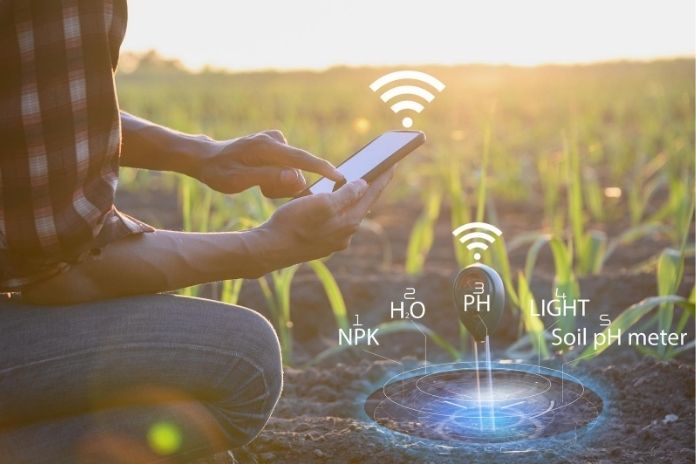
New modern farms and agricultural operations work far differently than those for the few decades ago, primarily because of advancements in technology such as sensors, machines, devices or information technology. In recently, the agriculture routinely uses sophisticated technologies including temperature, robots, and aerial images, moisture sensors, and GPS technology. These advanced devices and precision agriculture and robotic systems allow for the businesses to be more profitable, safer, efficient, and more environmentally friendly.
Importance of agricultural technology
Farmers no longer have to apply water, fertilizers, or pesticides uniformly across entire fields. They can use for the minimum quantities required and target very specific areas, and even treat individual plants differently. More benefits such as:
In addition, robotic technologies enable more reliable monitoring or management for natural resources, including air and water quality. It also gives producers greater control over plant and animal production, distribution, processing and storage such as:
NIFA’S impact
NIFA advances agricultural technology or ensures that the nation’s agricultural industries are able to utilize it by supporting such as:
Modern technology can be used to improve agriculture
1. Ultrasounds for livestock
Ultrasound isn’t only for checking on baby of animals in the womb. It also can be used to discover what quality of meat might be found in an animal before it goes to the market. The testing of DNA helps producers and identifies animals with better pedigrees and other desirable qualities. This information can also be used to help the farmer to improve the quality of his herds.
2. Monitoring and controlling crop irrigation systems via smart-phone
Mobile technology is playing a vital important role in monitoring or controlling crop irrigation systems. This modern technology, a farmer can control his irrigation systems from a phone and computer instead of driving for every field. Moisture sensors in the ground are able to communicate information about the level of moisture present at certain depths in the soil.
3. Crop Sensors
Crop sensors help to apply for the fertilizers in a more effective manner, maximizing uptake. They sense how your crop is feeling or reduce the potential leaching and runoff into ground water. For making a prescription fertilizer map for the field before you go out to apply it, crop sensors tell application equipment how much to apply in real time. Optical sensors are able to see how much fertilizer a plant may need, based on the amount of light reflected back for the sensor.
4. Usage of mobile technology and cameras
Many farmers and ranchers use apps such as “Foursquare” to keep tabs on employees. They also put up cameras around the farm. Livestock managers are wiring up of their barn feedlots and pastures with cameras that send images back to the central location such as office and home computer. They can keep a closer eye on the animals when they are away and home for the night.
Modern agriculture
Future of modern agriculture is focused on efficiency. A wide range of technologies will enable for the transition of modern agriculture in the field. Many technologies will need to be developed specifically for agriculture, while other technologies already developed for other areas could be adapted to the modern agricultural domain including autonomous vehicles, artificial intelligence and machine vision. If modern agriculture is applied widely in the near future, millions of farmers will be able to benefit from the acquisition for real-time farm information. Farmers need not spend significant amount of time on acquiring farm data and will have access to disaster warnings or weather information when a disaster event occurs. It’s difficult to predict the future of technology in agriculture but there are some promising trends or pilot projects.
Lorem ipsum viverra feugiat. Pellen tesque libero ut justo, ultrices in ligula. Semper at. Lorem ipsum dolor sit amet elit. Non quae, fugiat nihil ad. Lorem ipsum dolor sit amet. Lorem ipsum init dolor sit, amet elit. Dolor ipsum non velit, culpa! elit ut et.
Lorem ipsum dolor sit amet elit. Velit beatae rem ullam dolore nisi esse quasi, sit amet. Lorem ipsum dolor sit amet elit.